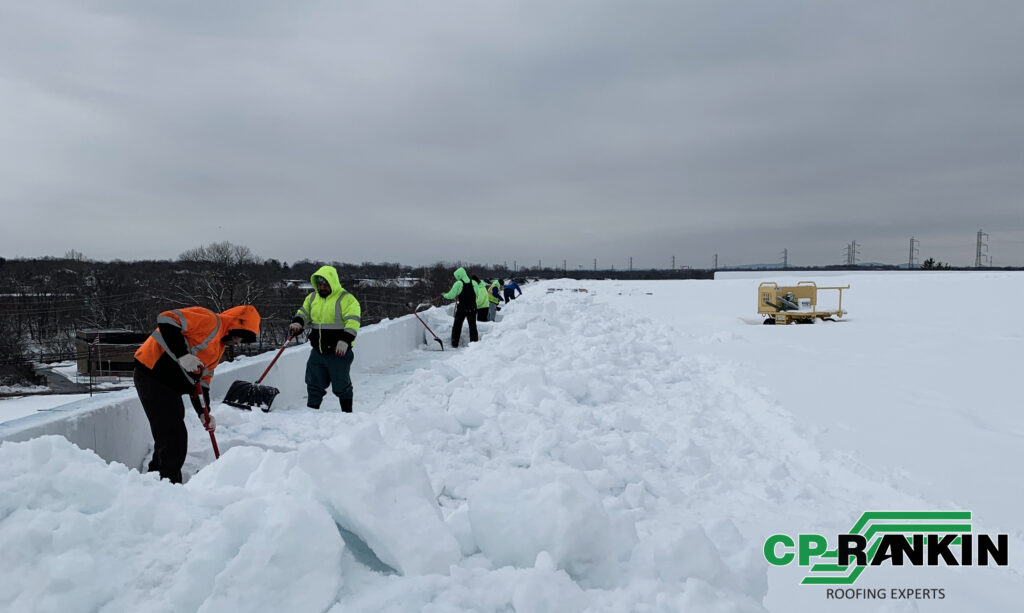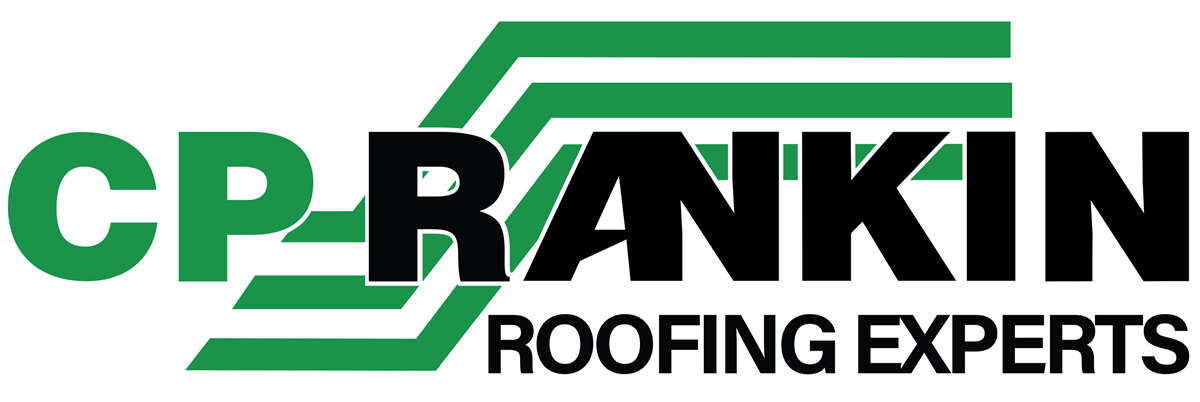Commercial roofs are designed to protect buildings from various environmental factors, and one of the most significant challenges they face is the constant temperature changes and fluctuation throughout the year. Since 1896, average winter temps across the contiguous 48 states have increased by nearly 3°F. Spring temperatures have increased by about 2°F, while summer and fall temperatures have increased by about 1.5°F, according to the United States Environmental Protection Agency. But what does all this mean for your commercial roofing system? Seasonal temperature changes can have a profound impact on the performance and longevity of commercial roofs. Keep scrolling and we’ll explore the effects of these temperature variations on commercial roofs and discuss strategies to mitigate potential problems.

Expansion and Contraction
One of the most critical factors to consider is the expansion and contraction of roofing materials. As temperatures rise during the summer and fall during the winter, commercial roofing materials, such as asphalt, metal, or single-ply membranes, expand and contract. This constant movement can lead to wear and tear on the roof, causing cracks, splits, or separations in the roofing materials. Over time, this can compromise the roof’s integrity and lead to leaks.
To address this issue, roofing manufacturers design materials with thermal stability in mind. They use materials that can withstand temperature fluctuations and incorporate expansion joints and fastening systems that allow for some movement without causing damage. Regular inspections and maintenance can also help detect and address any issues before they become major problems.
Moisture and Condensation
Seasonal temperature changes can lead to moisture-related issues on commercial roofs. When temperatures fluctuate, moisture in the form of rain, snow, or ice can penetrate the roof’s surface, potentially causing water damage or condensation issues. Condensation is a particular concern, as it can lead to mold growth and structural damage over time.
To prevent moisture-related problems, commercial roofs should have proper insulation and ventilation systems in place. These systems help regulate the temperature on the roof and minimize the risk of condensation. Regular inspections can identify areas with poor drainage or other issues that may contribute to moisture problems.
Snow and Ice Accumulation
In the regions that we service with cold winters, snow and ice accumulation can be a significant challenge for commercial roofing systems. The weight of snow and ice can place excessive stress on the roof structure and, if not properly managed, may lead to damage or even structural failure.
To mitigate this issue, professionals may install snow guards or use heating systems to prevent ice dams from forming. Routine snow preparation and removal are also essential to help eliminate excessive snow buildup. Properly designed and maintained roofs can handle the additional weight and protect the building from potential damage.
UV Exposure
Extreme temperature changes aren’t just limited to cold climates. In the hot and sunny regions we service, commercial roofs are exposed to the constant heating and cooling effects of the sun. Over time, this UV exposure can cause roofing materials to deteriorate, leading to cracks, fading, and loss of flexibility.
To combat UV damage, commercial roofing systems often incorporate reflective and cool roofing materials that reduce heat absorption. Regular inspections and maintenance can help identify signs of UV-related wear and tear, allowing for timely repairs or replacements.
Our roofing experts at CP Rankin understand that the impact of seasonal temperature changes on commercial roofing systems is a significant concern for building owners and property managers. Addressing these effects requires proactive maintenance, proper insulation, and ventilation, as well as selecting the right roofing materials for the local climate. By understanding and managing the challenges posed by temperature fluctuations, commercial roofing systems can maintain their integrity and protect the buildings they cover for years to come. We recommend scheduling regular inspections and maintenance as they are essential in ensuring the long-term performance of these crucial building components.

